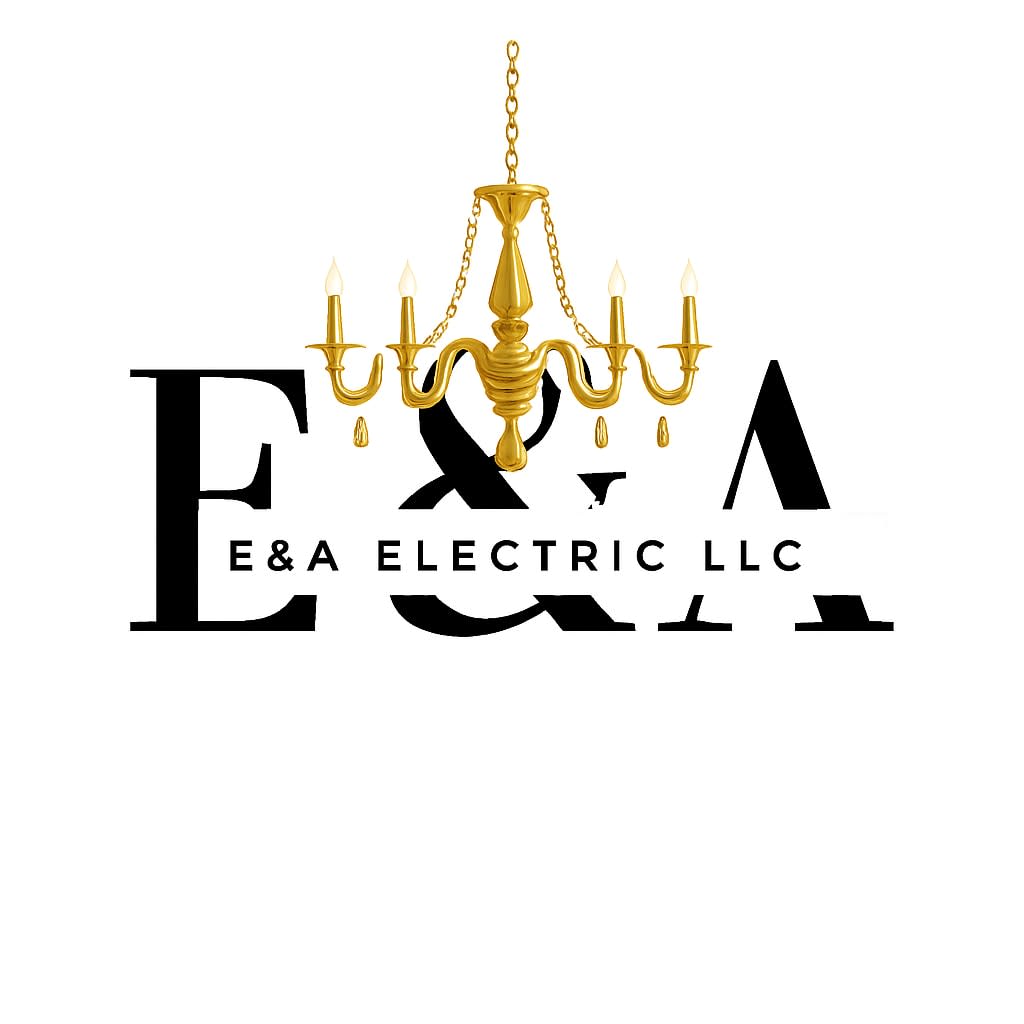Aquarium Electrical Setup Checklist: Powering Pumps, Lights, and Heaters Safely

Setting up the electrical components for your aquarium is not only crucial for maintaining a thriving aquatic environment but also essential for the safety of your household and pets. Whether you're a hobbyist setting up your first tank or a pet store owner providing expert advice to customers, this checklist will guide you through safely powering your aquarium’s pumps, lights, and heaters.
1. Choose the Right Power Source
Before you begin plugging in equipment, it’s important to understand your aquarium's power needs:
- Dedicated Circuit: Make sure that your aquarium setup is connected to a dedicated electrical circuit. This will prevent the risk of overloading a shared household circuit and reduce the chances of an electrical failure.
- Proper Wattage: Calculate the total wattage of all electrical components. This includes the pumps, lights, heaters, and any additional equipment like filtration systems or air pumps. Make sure the circuit can handle the total wattage without overloading.
2. Surge Protection
Electrical surges can happen due to storms, power outages, or equipment malfunctions. Here’s how to protect your aquarium from these surges:
- Surge Protectors: Use a high-quality surge protector or power strip that comes with built-in surge protection. This will safeguard your electrical equipment from unexpected power spikes.
- Choose Reliable Devices: Not all surge protectors are created equal. Look for those that can handle high-voltage loads and offer a long lifespan, especially when running essential aquarium equipment.
3. Wiring and Cables
Water and electricity don’t mix, so wiring needs special attention:
- Waterproof Cables: Use waterproof or water-resistant cables wherever possible. This is essential for preventing electrical hazards caused by moisture or water splashes.
- Proper Routing: Be sure to route all wires carefully. Keep them dry and away from any water sources. Proper cable management reduces the risk of accidents and makes the entire setup more organized.
4. Ground Fault Circuit Interrupter (GFCI)
A Ground Fault Circuit Interrupter (GFCI) is a must-have for any aquarium electrical setup. It automatically cuts power when it detects an imbalance in the current, preventing electric shocks in the event of a water leak or equipment malfunction.
- Install GFCI Outlets: Ensure that all outlets connected to your aquarium equipment are GFCI outlets. These are specially designed to protect both you and your aquatic life from electrical shocks.
5. Placement of Equipment
The arrangement of your aquarium’s electrical equipment can significantly impact its safety and performance:
- Pump and Heater Location: Position your pumps and heaters where water circulation is optimal. Be mindful not to place them too close to water surfaces where they may be exposed to moisture or splashes.
- Avoid Overcrowding: Don’t overcrowd your tank with unnecessary equipment. Give each component enough space for proper airflow and operation. This will reduce the risk of overheating and electrical malfunctions.
6. Moisture Control and Ventilation
Aquariums naturally increase humidity levels in their surroundings, which can affect electrical components. Here’s how to control moisture and keep things running smoothly:
- Humidity Control: If you notice high humidity levels in the room where your aquarium is located, consider using a dehumidifier. This will help prevent moisture from affecting your electrical components.
- Proper Ventilation: Ensure the room has adequate ventilation. A well-ventilated space will prevent the buildup of excessive moisture that could lead to rusting, corrosion, or damage to your aquarium equipment.
7. Regular Maintenance and Inspections
Routine maintenance is essential to keep your electrical setup running safely and efficiently:
- Check for Wear and Tear: Inspect all electrical components regularly for any signs of wear, fraying wires, or water damage. This includes pumps, filters, lights, and heaters.
- Clean and Test Equipment: Before starting up your aquarium each time, clean your equipment and perform a quick safety check. Testing the electrical components before turning them on can help prevent issues later.
8. Backup Power Source
Power outages can be a concern for aquarium owners, especially when essential equipment like the pump and filter are affected. To ensure your aquarium doesn’t suffer, consider the following:
- Battery Backup: Invest in a battery backup system or an uninterruptible power supply (UPS) for your aquarium equipment. This is crucial for maintaining water circulation and filtration in case of a power outage, ensuring your aquatic life remains safe.
Conclusion
A safe electrical setup is the backbone of a well-functioning aquarium. Whether you’re maintaining a hobby tank or running a pet store, adhering to these safety tips will ensure your equipment operates efficiently, your aquatic life thrives, and your home remains safe from electrical hazards. By carefully considering the power source, surge protection, wiring, and overall equipment placement, you can avoid common electrical pitfalls and enjoy your aquarium without worry.
Contact Us
Get in Touch with Our Team
Have an electrical issue or question? Don't hesitate to reach out to our team at E&A Electric LLC. Whether you need help with a specific problem or just want to learn more about our services, we're here to help.
